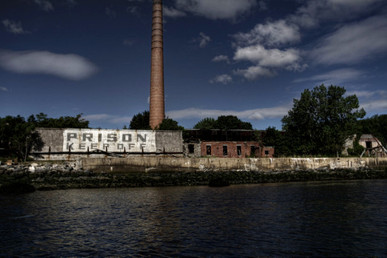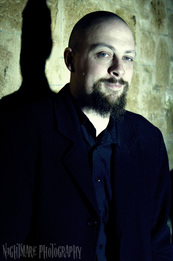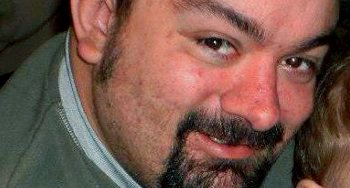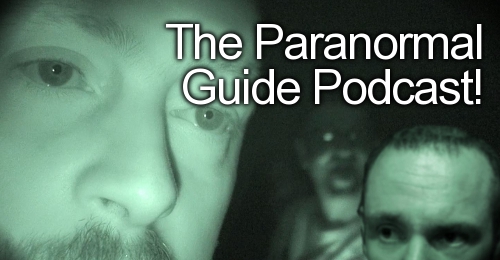
However, it is better known for the children and adults buried there, in the worlds largest tax funded cemetery.
An Island with a Long and Varied History
 Hart Island.
Hart Island. Her lonely burial was not to remain solitary for long as other burials soon followed. The north side of the island is a 'Potter's Field', a place for the burial of unknown and poor people or even for those whose families refused to collect their remains after death. However, it was not always the site of a cemetery, as Hart Island went by other names and has been used for other purposes in the past.
The island was purchased from local Native Americans in 1654 by a English Physician named Thomas Pell. The island fell in as part of the huge tracts of land he purchased from Chief Wampage and other Siwanoy Indian tribal members – this land included what is now known today as Pelham, the Bronx, Long Island Sound and parts of Westchester County. The price he paid is unknown but it is believed he paid for it all in Jamaican Rum.
 School Ship anchored off Hart Island.
School Ship anchored off Hart Island. In 1869, New York City purchased the island for $75,000 from the then current owner, with the island at the time known as Lesser Minneford Island. However it was also known as 'Hearts Island' and at some stage the 'a' was dropped with the island going by its current name 'Hart' or 'Harts'.
New York's 'Potters Field'
 Burial on Hart Island.
Burial on Hart Island. Regular funeral and burials were too costly for the tax payers and state to handle so a number of 'potter's fields' were established with Hart Island designated to be the largest. The idea was to cut cost, be efficient with land space while still providing the basic semblance of a burial.
 Inmates from Rikers do the work.
Inmates from Rikers do the work. Up until 1913 everyone, young and old would end up in the same plots however with adults making up a large number of those later exhumed, children under the age of five began to be buried in separate mass graves to the older children and adults.
Generally everyone is buried in simple pine boxes and stacks and rows are created. Adults are buried three deep and two wide in long trenches of 78 burials. Young children are buried five coffins deep, twenty across in trenches of 1000 burials. Amputated body parts are also buried in the field.
 Many trenches, each able to hold thousand of bodies, are dug.
Many trenches, each able to hold thousand of bodies, are dug. In the deep past, ceremonies were conducted for these burials but with more and more bodies being buried each year formal ceremonies were dropped in the 1950's. What's more, in order to keep the cost down further, it is prisoners from Rikers Island who undertake the work, burying thousands of bodies every year.
Other Uses Over Time
 The island once held a prison.
The island once held a prison. Other uses for the island included an isolation hospital for those with yellow fever, a Tuberculosis hospital, a reformatory, disciplinary barracks during WWII, housing for male 'derelicts' and several defunct missile silos from the days of the 'cold war'.
 Later on it was a rehabilitation centre for drug users.
Later on it was a rehabilitation centre for drug users. However amongst all the graves there is one private one, alone with it's own headstone "SC - B1 1985" which decodes to Special Child, Baby 1, 1985 – the first child to die of AIDS in New York and to be buried on Hart Island. Special attention was paid to the burial with it being set aside from the others in a wooded area.
 Grave of the first child to die of AIDS in New York.
Grave of the first child to die of AIDS in New York. 




 RSS Feed
RSS Feed
